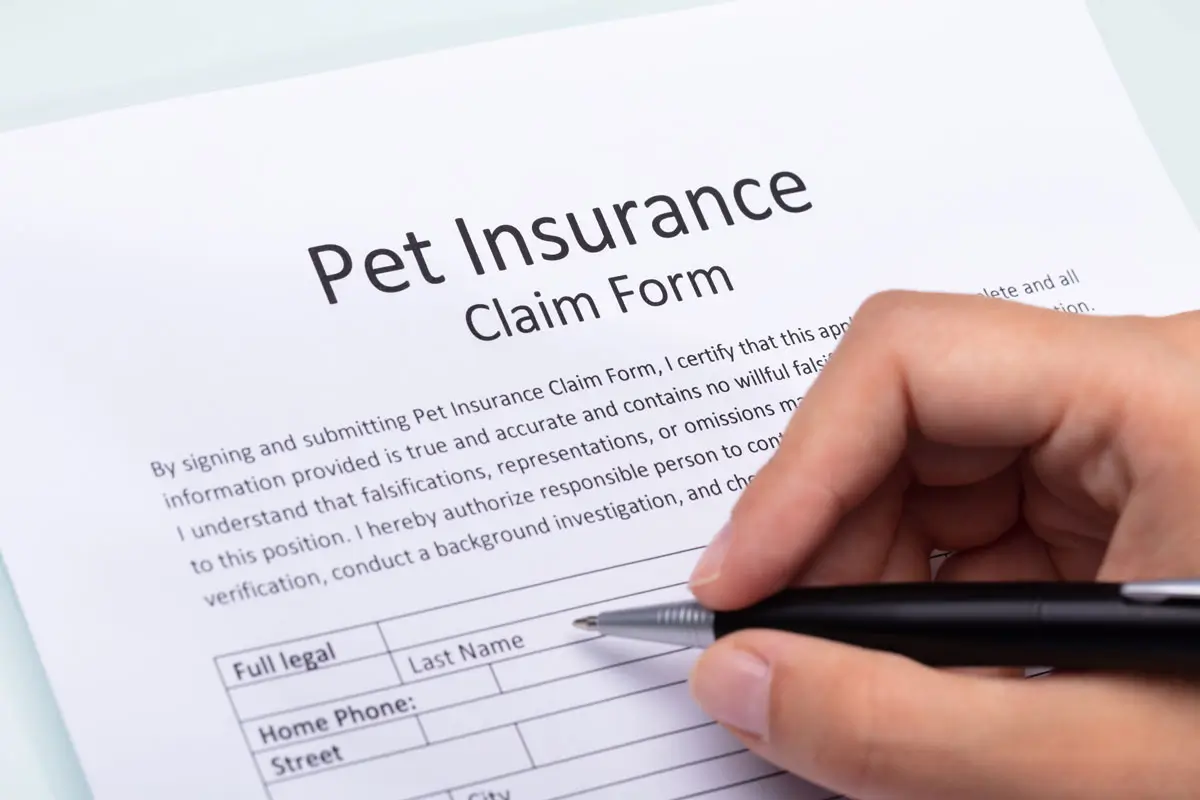How to Make a Pet Insurance Claim in 2024

Learn how to make a pet insurance claim in 2024 by gathering necessary documents, completing the claim form accurately, and submitting it through your insurer’s preferred method. Ensure you follow up with your insurance provider for a smooth reimbursement process.
Step-by-Step Guide to Pet Insurance Claims
Filing a pet insurance claim can be straightforward if you follow the correct steps. This guide provides a step-by-step process to ensure your claim is filed successfully and you receive the reimbursement you deserve.
Step 1: Review Your Policy
Before filing a claim, review your pet insurance policy to understand what is covered and any specific requirements for submitting a claim. This includes understanding your deductible, reimbursement level, and any exclusions.
Step 2: Gather Necessary Documentation
Ensure you have all necessary documentation, including:
- Veterinary Invoice: An itemized invoice from your veterinarian detailing the services provided and costs.
- Medical Records: Copies of your pet’s medical records related to the condition or treatment for which you are filing the claim.
- Claim Form: The claim form provided by your insurance company, which may need to be filled out by both you and your veterinarian.
Step 3: Complete the Claim Form
Accurately complete the claim form with all required information. This may include details about your pet, the treatment received, and your veterinarian’s information. Some companies require your veterinarian to fill out part of the form.
Step 4: Submit Your Claim
Submit your completed claim form and supporting documents to your insurance company. This can usually be done via mail, email, or an online portal. Ensure you submit within the timeframe specified by your policy to avoid delays or denials.
Step 5: Track Your Claim
Keep track of your claim status. Most insurance companies provide online portals where you can check the status of your claim. Stay in contact with your insurer to resolve any issues or provide additional information if needed.
Step 6: Receive Reimbursement
Once your claim is processed and approved, you will receive your reimbursement according to your policy terms. This typically involves a direct deposit or check, covering the eligible expenses minus your deductible and co-pay.
Tips for a Successful Claim
- Be Accurate: Ensure all information on the claim form is accurate and complete.
- Keep Copies: Keep copies of all documents submitted, including the claim form and supporting documents.
- Follow Up: Regularly follow up with your insurance company to check the status of your claim and address any issues promptly.
- Understand Policy Limits: Be aware of any policy limits or exclusions that may affect your claim.
Is it worth claiming on pet insurance?
It’s usually not too difficult to know when you should claim, and you can always check your policy documents or speak to your insurance provider if you’re not sure. The only time it might not be worth claiming is if your policy excess – that’s the amount you pay to make a claim – is more than the cost of the treatment.
How long does it take for pet insurance to pay out?
between seven and 10 working days : Processing a pet insurance claim is usually straightforward and your payout should take between seven and 10 working days. If you’d like an estimated date for the payout, call your insurance provider. Depending on who you’re with, you may be able to track your claim’s progress online.
Does pet insurance cover instantly?
Most pet insurance plans don’t offer immediate coverage for accidents, injuries, or routine care.
10 FAQs About Step-by-Step Guide to Pet Insurance Claims
- What documents do I need to file a pet insurance claim?
- Veterinary invoice, medical records, and a completed claim form.
- How do I submit a pet insurance claim?
- Submit via mail, email, or an online portal as specified by your insurance provider.
- How long do I have to file a claim?
- Timeframes vary by policy, so check your policy details for specific deadlines.
- What information is required on the claim form?
- Pet details, treatment information, and veterinarian details, among other specifics.
- Can my veterinarian help with the claim form?
- Yes, some insurers require part of the form to be filled out by your veterinarian.
- How long does it take to process a claim?
- Processing times vary, but many insurers provide updates through online portals.
- What if my claim is denied?
- Contact your insurance company to understand the reason and see if additional information or an appeal is possible.
- Are pre-existing conditions covered in claims?
- Most pet insurance policies do not cover pre-existing conditions.
- How will I receive my reimbursement?
- Reimbursements are typically provided via direct deposit or check.
- What should I do if there’s an issue with my claim?
- Follow up with your insurance company promptly to resolve any issues.

